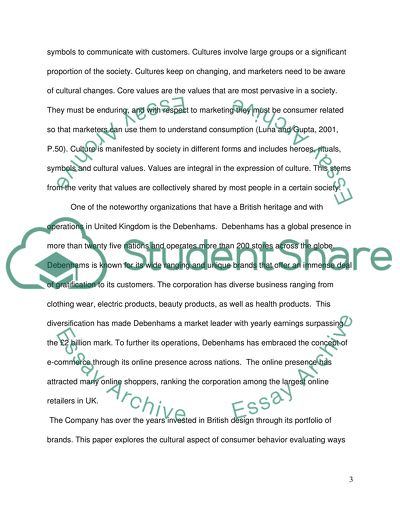Cite this document
(“Debenhams Strategy of Consumer Buying Behavior Essay”, n.d.)
Retrieved from https://studentshare.org/marketing/1472766-choose-an-aspect-of-consumer-buying-behaviour
Retrieved from https://studentshare.org/marketing/1472766-choose-an-aspect-of-consumer-buying-behaviour
(Debenhams Strategy of Consumer Buying Behavior Essay)
https://studentshare.org/marketing/1472766-choose-an-aspect-of-consumer-buying-behaviour.
https://studentshare.org/marketing/1472766-choose-an-aspect-of-consumer-buying-behaviour.
“Debenhams Strategy of Consumer Buying Behavior Essay”, n.d. https://studentshare.org/marketing/1472766-choose-an-aspect-of-consumer-buying-behaviour.


